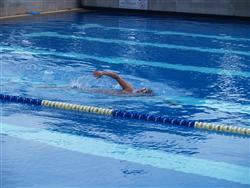
Sports Nutrition Training - Work with amateur and professional athletes
Improve your knowledge for the healthy sports person
This human nutrition course focuses on
the relationship between nutrition and sports performance. Discover ways
to enhance an athletes performance by eating the right foods.
This
course will take you through the basics of nutrition and energy in the
human body. You will also learn valuable tips about diets to follow, how to manage weight, the importance and use of fluids, and body composition.
Sports Nutrition requires 100 hours of study by distance learning. Work through the course supported by our highly qualified and excellent tutors.
AND if you enrol now, you will also receive a free 20 hour self-study course - Introduction To Food And Nutrition.
Learn what to eat to maximise sports performance.